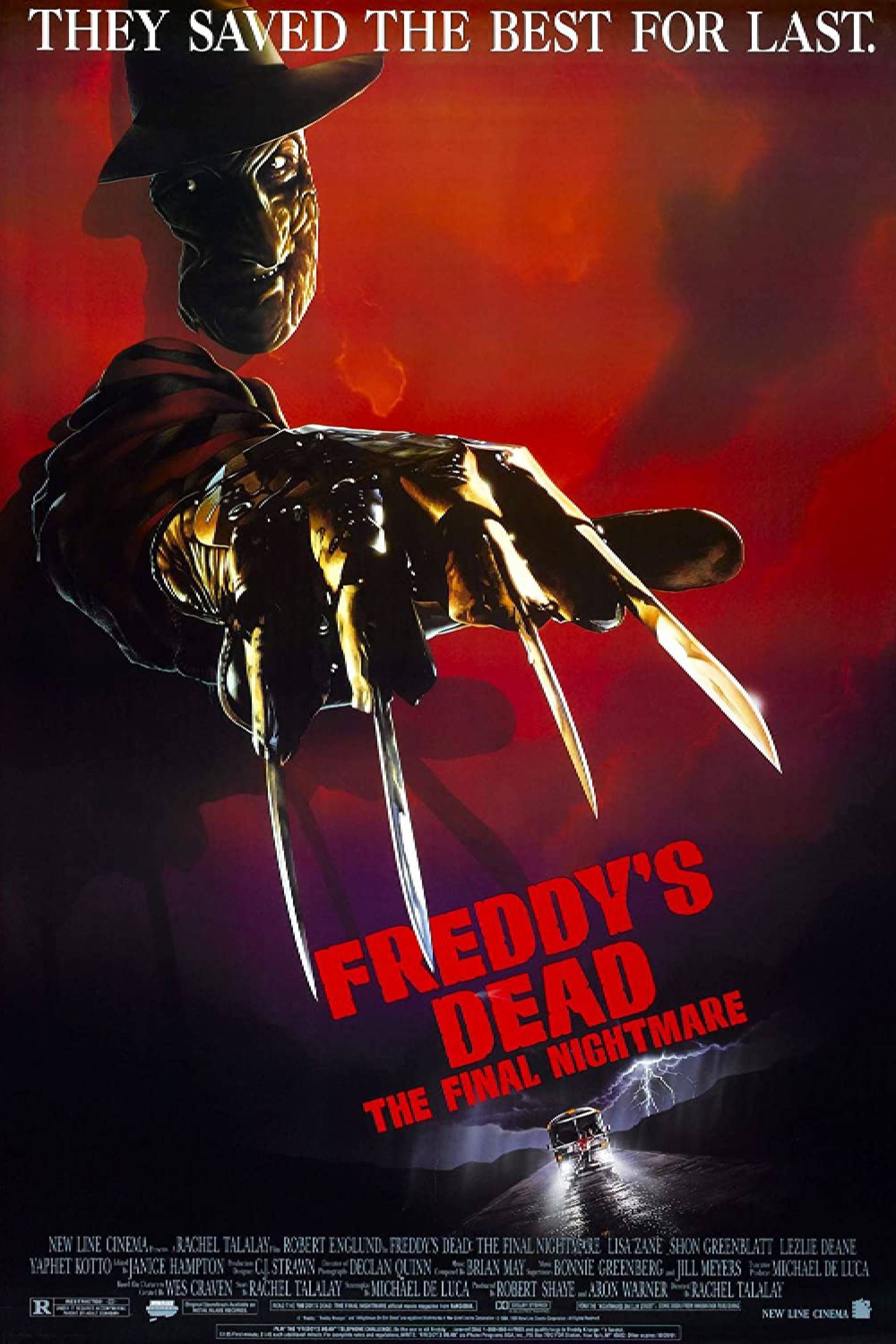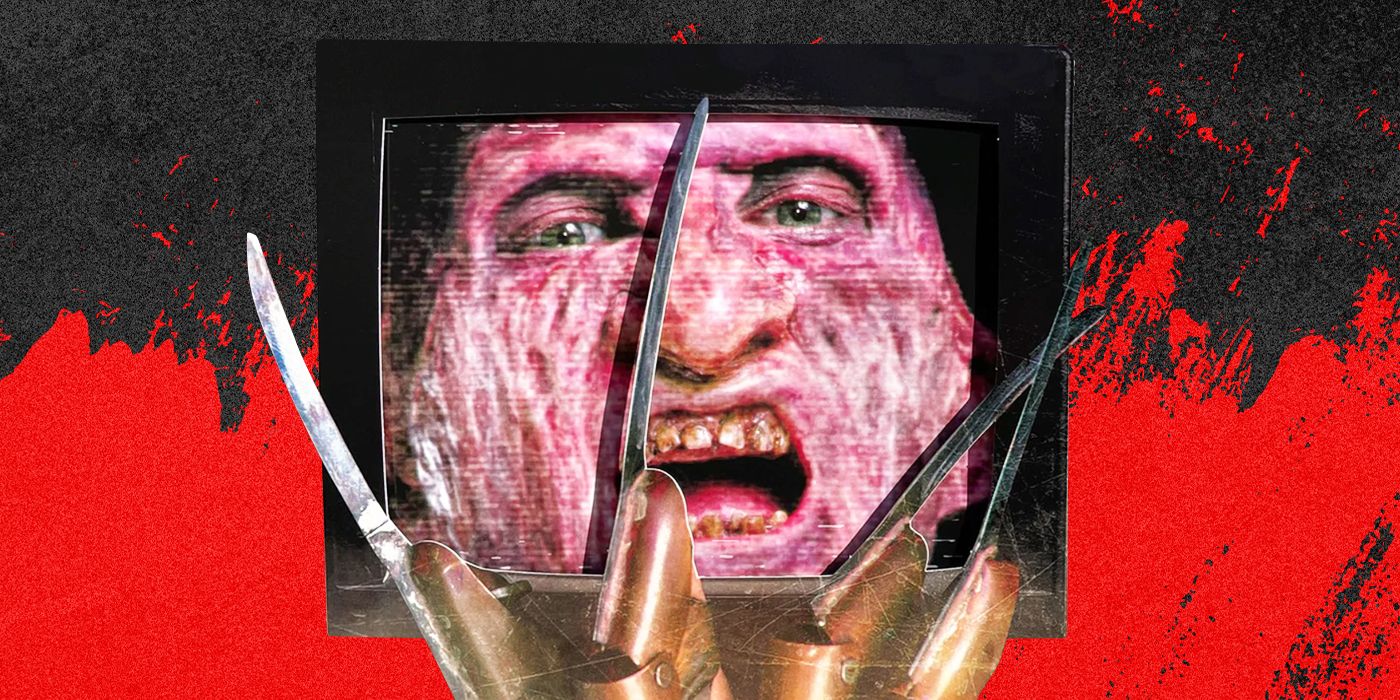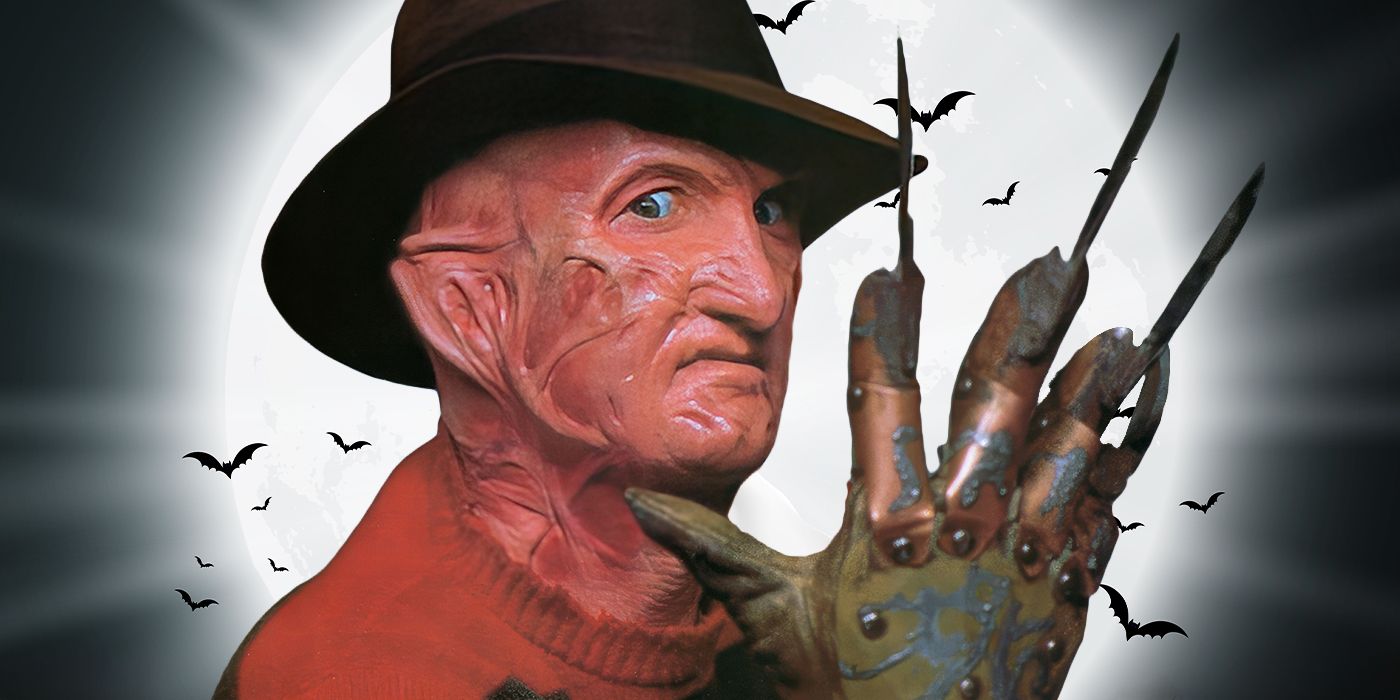The Big Picture
- Freddy's Dead: The Final Nightmare may be lower in fans' rankings of the franchise, but Carlos' death scene is a standout, focusing on the fear of sensory loss.
- Freddy's kills in the Nightmare on Elm Street movies reflect victim traits, making deaths thematic and meaningful.
- Carlos' death in Freddy's Dead is chilling and immersive, highlighting vulnerability and stripping away Freddy's theatrics.
For many fans of Wes Craven's A Nightmare on Elm Street franchise, the sixth movie Freddy's Dead: The Final Nightmare sits near the bottom of their ranking. It is criticized for pushing Freddy's goofiness too far and losing what made him so scary in the 1984 original. Also, being the sixth movie in less than 10 years, there was a feeling of fatigue surrounding the franchise. However, despite its flaws, Freddy's Dead still manages to capture how terrifying Freddy Krueger (Robert Englund) can be through one of its death sequences. Carlos' (Ricky Dean Logan) death strips back the humor and exaggeration the franchise had become accustomed to and focuses on the fear of sensory loss. This scene marks a shift in focus, moving away from Freddy's theatrical persona and instead concentrating on the one thing Carlos relies on — his hearing aid. The tone of the sequence feels much more sinister than anything else in the franchise, making it Freddy Krueger's best kill.

Freddy's Dead: The Final Nightmare
- Release Date
- September 5, 1991
- Director
- Rachel Talalay
- Cast
- Robert Englund , Lisa Zane , Shon Greenblatt , Lezlie Deane , Ricky Dean Logan , Breckin Meyer
- Main Genre
- Horror
- Writers
- Wes Craven , Rachel Talalay , Michael De Luca
- Tagline
- They saved the best for last.
Freddy Krueger Uses His Victims' Traits in his Kills
The Nightmare on Elm Street franchise sometimes suffers from limited characterization, with much of the cast feeling like they only have one or two defining traits and lack real depth. Particularly as the series progressed, the ensemble felt like cannon fodder for Freddy and their deaths often lacked emotional weight. The comical nature of the way they are killed is definitely a contributing factor to this, but their two-dimensional development is also to blame. However, when these traits are utilized in the death sequences, the franchise is at its best and their singularity can be celebrated. Examples of this can be found throughout the series, and it is a standout feature of A Nightmare on Elm Street's concept. Since Freddy is not limited to the real world, his kills can push the boundaries of creativity in a way the likes of Jason Vorhees and Michael Myers never can.
One of the most obvious instances of this comes in the fourth movie, The Dream Master. Shelia (Toy Newkirk) is introduced as a genius who has asthma, there is not much else to her character. Freddy takes her asthma and uses it against her, essentially sucking all the air out of her. The circumstances lead to her death being dismissed as a fatal asthma attack. The whole sequence is a clever inversion of her asthma that the movie had been so obviously emphasizing and heightens Freddy's twisted psyche.

Before He Was Freddy Krueger, Robert Englund Was Part of Another Iconic Horror Movie
Jason Voorhees wasn't the only slasher legend Robert Englund met.Probably the most well-known example of someone's personality being reflected in their demise is Jennifer (Penelope Sudrow). One of the last surviving Elm Street children, Jennifer is one of the patients at the psychiatric hospital in the third movie, Dream Warriors, who longs to be an actress. She is killed when her head is shoved into a TV screen by Freddy, electrocuting her. Freddy tells her that this is her big break in television, followed by one of the most iconic lines of the whole franchise, "Welcome to the prime time, bitch!" Her aspiration is used as the means for her death, making it feel thematic and meaningful. Freddy is a killer with a motive due to his extensive backstory, and it is evident it is not just the kills that are important to him, but inflicting psychological torment.
Carlos' Death Is Immersive and Traumatic
Throughout the series, these thematic deaths are stomach-churning, but they still retain the comedy that Robert Englund brings to Freddy Kreuger in the franchise's later installments. However, Carlos' death in the sixth movie, Freddy's Dead, isn't humourous at all; it is truly chilling. Freddy's Dead is a movie that also suffers from a lack of characterization and all we really learn about Carlos is that the physical abuse from his mother left him deaf in one ear. Yet, the way Freddy toys with this singular trait shows the extent of his misery.
Freddy begins by removing Carlos' hearing aid, leaving him unable to hear anything. The filmmakers' decision to reflect this loss through the sequence's sound design adds to the tense atmosphere, with the only sound being a subtle ringing to show the helplessness Carlos is feeling. The immersion is at a level that no other moment in the franchise matches. Carlos is walking around Freddy's dream world scared and isolated, and the audience is right there with him. This is juxtaposed by a manic Freddy dancing and waving behind him. It is this stark contrast between the exaggeration and camp portrayal of Freddy and the vulnerability of hearing loss that is so terrifying to both Carlos and the viewer. By the sixth movie, Freddy has built up a reputation for dramatization and is known for his verbal taunting. Suddenly, all that is stripped back, and the silence makes him much more sinister because it is so unexpected and jarring.
Carlos' Death is Freddy Krueger at his Most Terrifying
In this scene, Robert Englund's performance has to lean way more into his physicality than usual. Since he cannot be heard at all, he has to amp up the theatrical side of his performance. Englund's ability to still convey the hysteria of Freddy without making it feel caricatural in total silence is a testament to how much he understands the character he made so iconic. The death culminates with Carlos' hearing aid attaching to his ear like a parasite. With his hearing back, Freddy reverts to type as he scrapes his knife fingers against a chalkboard. The sensory overload causes Carlos' head to explode in a gruesome fashion; a satisfying conclusion to the movie's best sequence. In fact, Robert Englund told Dread Central that it's his favorite of all of Freddy's kills, stating that "it's so politically incorrect."
Carlos' death felt like the first time the franchise did something new with Freddy since the original. Although characters' personalities were often reflected in their demise, never before had a character felt so exposed. However, what elevates the sequence above any other in the movie is that it isn't just Carlos who is isolated. The immersion makes it feel as though the audience is defenseless as well. The later installments in the franchise began to feel like a showcase of how far Freddy could be pushed and how sickening the death sequences could be. Carlos' death saw a shift in focus, making Freddy Krueger as scary as he had ever been. The execution of Carlos' death stands out in an otherwise lackluster Krueger movie, but it is the concept of stripping Carlos of the one thing he is so reliant on and turning it against him, that elevates this kill above any other.
Freddy's Dead: The Final Nightmare is available to rent on Amazon in the U.S.

